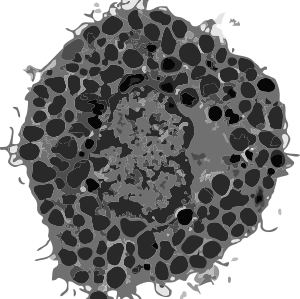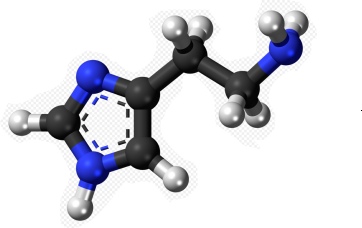[aside]I dont mind posting the names of 5 MDs, none of whom were helpful. Dr Wones, Dr. Zubritsky, Dr. Carter, and Dr. S…(from the middle east) cant remember his name, and the pathologist Dr. Mutasim. None knew anything about this disease, nor were helpful in any way, in fact Dr. S was downright derogatory, showing complete ignorance about how great the impact of environmental stimuli can be on diseases in general…that is pretty much an old-school mentality, maybe some “updated” information would benefit his overall knowledge of diseases. One sent me a link to a website about lichen planus which only had the most superficial information, totally useless. I guess he thought he was being helpful.
BTW i think that i have had the tendency for lichen planus for many years so what caused the explosion of lesions is really what I want to know.
Several kinds of hypersensitivity have been described (more will likely be found). TYPES I to IV.
TYPE I -Immediate hypersensitivity happens fast. CD4 T (thymic lymphocyt) cells are involved in adaptive immunity (to pathogens), autoimmunity, asthma, allergic and tumor immunity. Naive CD4 T cells may differentiate into one of several lineages of thymocyte helper cells, (Th1, Th2, Th17, iTreg – about which I know nothing). After the first exposure to the allergen, the CD4 T cells are “sensitized” and immediately effect a response by releasing antibodies (immunoglobulin E (IgE)) which signal mast cells and basophils (with high affinity IgE receptors on their cell membranes and loaded to the hilt with storage granules) to dump out vasoactive amines, e.g. histamine. These chemicals then affect surrounding cells, mainly causing blood vessel dilation and muscle contraction, and cause the inflammation by increasing the permeability of the capillaries to white blood cells and some proteins (thus redness swelling and itching). Histamine (one of the vasoactive amines) is a cute little molecule (right)(thankUwikipedia). Basophils (left) and eosinophils (center) are cute too (I vectorized two transmission electron micrographs here).
 |
 |
 |
Delayed hypersensitivity is just that, delayed onset. Appearing several hours, days or continuing to appear a week or so after contact with the antigen and depending upon the dose of the antigen. For example poison ivy appearance (at least in my case) comes up between 2 days and a week after exposure, sometimes showing the secondary contact point of the original molecules of urushiol being where two skin surfaces meet..the original spot depositing a lesser amount of urushiol at the point of contact. While i have never read about it, I do believe there can be systemic poison ivy, for instance when the neighbor weed-wacks their yard full of poison ivy and the droplets of urushiol are aerosolized and breathed. Would be fun to search that route of exposure (in the literature, not as a test subject).
Delayed hypersensitivity is not antibody dependent, but is a cell-mediated response.